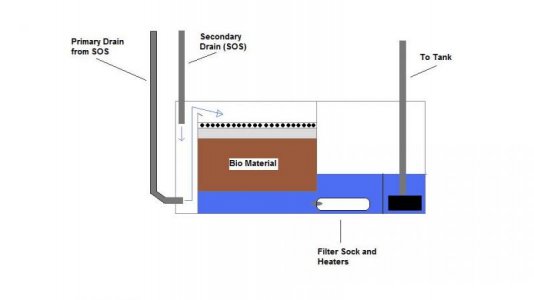uncleof6
Active member
Not sure if this has been addressed, probably has, but there's a lot of pages to read through now so I thought I'd ask if anyone else has tried changing the order of the pipes?
Not for any special reason other than spacing problems it would work out better for me to put (from left side of the tank to middle ... overflow holes are on the left)
Emergency, Open Channel, Full Syphon.
|==O==O==O===============|
this be fine?
Thanks
The order of the pipes does not matter at all.
JTL: I give BeanAnimal a chance to jump on the complicated ones, before I butt in. It is his thread after all.
Regards,
Jim





